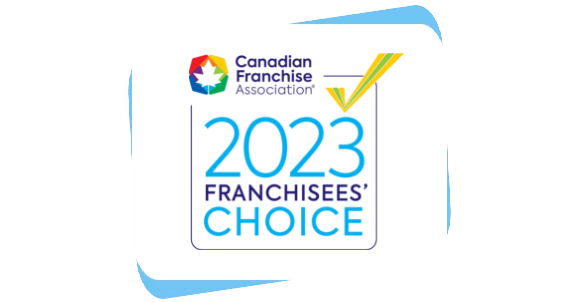Beginning to learn to read is an exciting time in a child’s life. By age three, children’s brains have developed sufficiently and young children are ready to begin a journey into reading. From playing with fridge magnets, memorizing parts of their favourite storybooks, to trying to sound out words–the indicators of reading readiness are already there.
But what is the right way to build reading skills?
Phonics vs. Whole Language
There are two main methods of reading instruction approaches: phonics and whole language. Phonics teaches children to break words down into sounds, or “phonemes,” which are then blended to form words. This method mirrors how children naturally learn language: by listening, distinguishing sounds, and eventually combining them to create meaning.
Whole language, on the other hand, treats words as entire units to be memorized rather than broken down. However, this method can be confusing for young children. Imagine trying to memorize thousands of words by sight alone! This approach can feel counterintuitive for children, relying on memorization instead of comprehension.
Why Phonics Works
Phonics aligns with the way kids naturally learn language. By understanding that words are made up of individual sounds, they develop the ability to decode new words. This gives them the tools to tackle unfamiliar words independently, boosting their reading confidence.
Phonics also encourages precision and persistence. Rather than guessing a word’s meaning, phonics encourages children to “sound it out.” This skill translates into better problem-solving and critical thinking abilities in reading and other subjects.
Phonics provides children with a roadmap for understanding words logically. By learning to break words into sounds, young readers gain the skills they need to read independently, building confidence, independence, and a true love for reading.
Why Whole Language Falls Short
The whole language approach can limit a child’s reading progress because it relies on memorizing entire words rather than breaking them down into sounds. While this method can help children recognize a few familiar words, it doesn’t equip them to decode new words independently.
Whole language often encourages guessing based on pictures or context, which can lead to frustration as texts become more complex. Without the tools to sound out new words, children may struggle, impacting both their reading skills and their confidence. Over time, this can diminish their interest in reading altogether.
Building Strong Readers with Phonics
Opt for a phonics-based approach to give your child the best start in reading. Encourage them to focus on the sounds in words and practice “sounding out” letters and combinations. Not only does this lead to stronger reading skills, but it fosters a mindset of persistence and curiosity.
GradePower Learning’s Little Readers program has helped young readers develop confidence and foundational skills through phonics. With a strong base in phonics, children don’t just become great readers—they become lifelong learners.
So, take a trip to the library, pick up a few books, and start reading. With phonics as your guide, your child is on the path to success.
If you find that your child is struggling with reading, GradePower Learning can help.
Find a location near you to get started.







